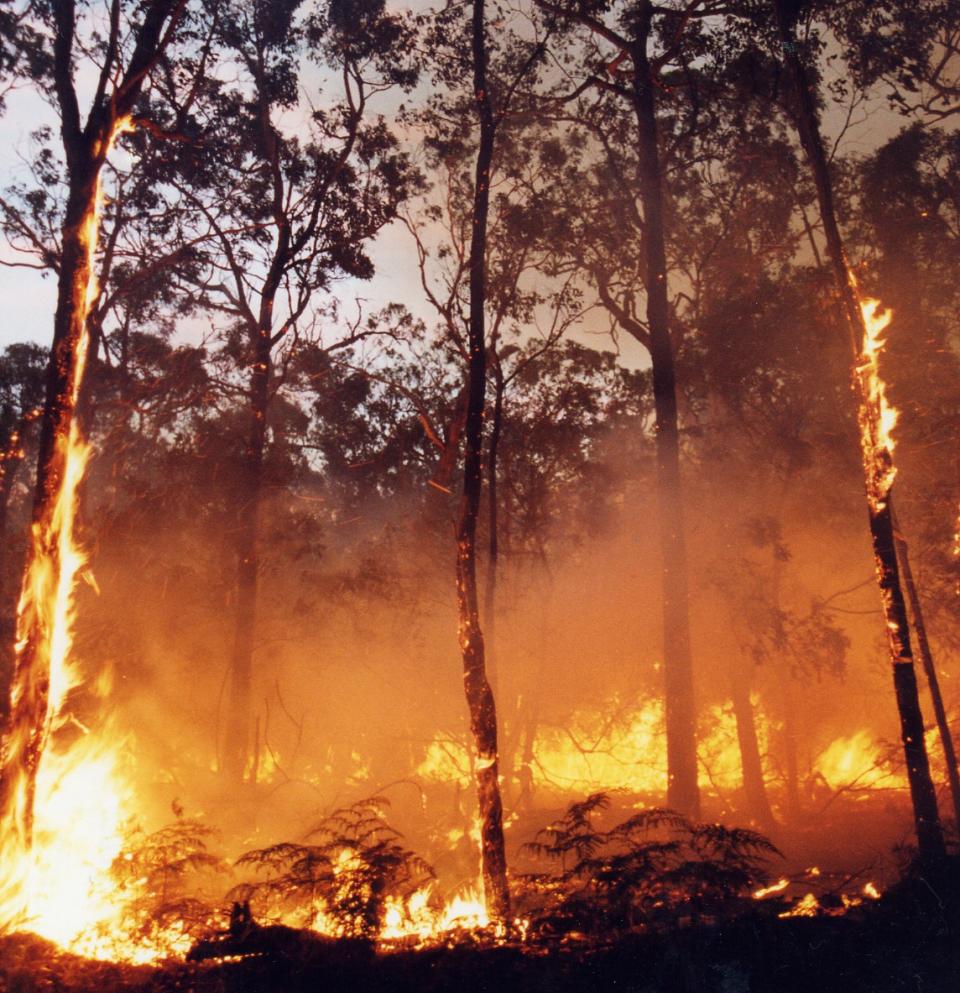
PUBLICATIONS
Published works

A comparison between TLS and UAS LiDAR to represent eucalypt crown fuel characteristics
| Title | A comparison between TLS and UAS LiDAR to represent eucalypt crown fuel characteristics |
| Publication Type | Journal Article |
| Year of Publication | 2021 |
| Authors | Hillman, S, Wallace, L, Reinke, K, Jones, S |
| Journal | ISPRS Journal of Photogrammetry and Remote Sensing |
| Volume | 181 |
| Pagination | 295-307 |
| Date Published | 11/2021 |
| Keywords | UAS Drone LiDAR 3D remote sensing TLS Fuel |
| Abstract | Advances in fire behaviour modelling provide a catalyst for the development of next generation fuel inputs. Fire simulations underpin risk and consequence mapping and inform decisions regarding ecological and social impacts of different fire regimes. Unoccupied Aerial Systems (UAS) carrying Light Detection and Ranging (LiDAR) sensors have been proposed as a source of structural information with potential for describing fine fuel properties. Whilst these systems have been shown to be capable of describing general vegetation distribution, the ability to distinguish between vegetation elements that contribute to fire spread and those that do not (such as large woody elements) is yet to be explored. This study evaluates the ability of UAS LiDAR point clouds to provide a description of crown fuel elements in eucalypt trees. This is achieved through comparison with dense Terrestrial Laser Scanning (TLS) that were manually attributed with a fuel description. Using the TLSeparation package TLS and UAS LiDAR point clouds achieved 84.6% and 81.1% overall accuracy respectively in the separation of crown fuel and wood in nine reference trees. When applying the same separation process across a 30 by 50 m plot consisting of approximately 75 trees, total canopy fuel volume was found to be strongly correlated between the TLS and UAS LiDAR point clouds (r: 0.96, RMSE: 1.53 m3). A lower canopy base height and greater distance between crown fuel regions within each crown supported visual inspection of the point clouds that TLS point clouds were able to represent the crown to a greater extent than UAS LiDAR point clouds. Despite these differences it is likely that a less complete representation of canopy fuel such as that generated from UAS LiDAR point clouds will suitably represent the crown and canopy fuel objects effectively for fire behaviour modelling purposes. The research presented in this manuscript highlights the potential of TLS and UAS LiDAR point clouds to provide repeatable, accurate 3D characterisation of canopy fuel properties. |
| URL | https://www.sciencedirect.com/science/article/pii/S0924271621002409 |
| DOI | 10.1016/j.isprsjprs.2021.09.008 |
| Refereed Designation | Refereed |
Published Works


